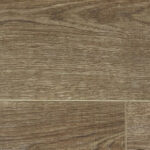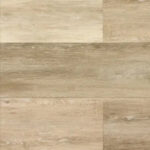Products
Floating Floorboard
This type of flooring holds up exceptionally well and it goes down quickly and can be installed without too many special tools and equipment.
Floating floor has increasingly become the installation method of choice for many types of floor coverings. Due to its ease and simplicity, floating floor installation saves money and helps installation go a lot faster.
Floating floor is not a type of flooring. Rather, it is a method of installing a floor. Individual planks and boards attach to each other, not to the subfloor. They may attach with glue or by snapping together.
There are a number of different floors that work on the concept of a floating floor and many people associate the term with timber laminate flooring options. Floating floors get their name from how they are installed. Floating floors do not need to be nailed or glued to the subfloor. Despite the recognition of timber and laminate flooring as the leading floating floor types, there are a number of other flooring options which are underpinned by the floating floor concept.
These include the growing popularity of floating flooring vinyl options.
Why Choose Floating Floorboard?
Most people know that floor coverings like carpet, timber floorboards and laminate are attached to the subfloor in order to hold it firmly in place. Floating flooring options such as laminate and even timber laminate flooring remain in place despite not being firmly attached to the subfloor option. There are three key reasons why floating floors will remain in place and have reduced movement. These factors include the sheer weight of the combined room’s flooring, the friction between flooring planks and underlayment controls as well as the joinery of the floorings make up.




